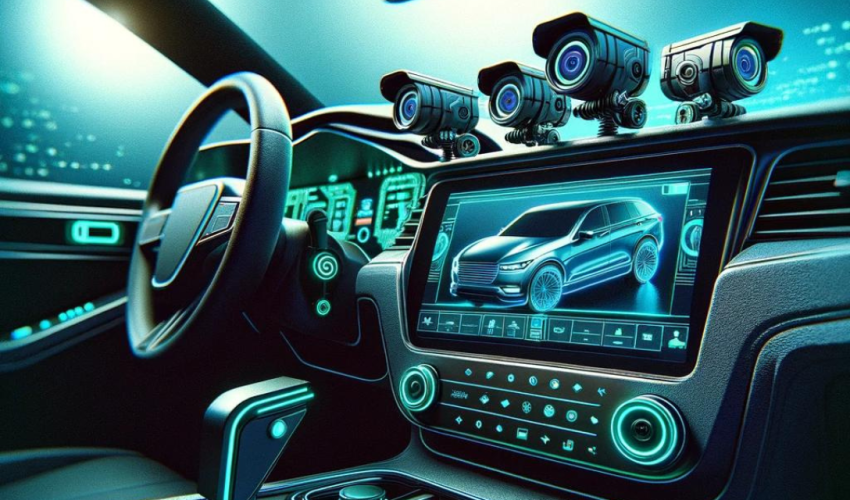Hello again, tech enthusiasts and privacy advocates! Continuing our exploration into the intricate world of automotive technology, today we dive deeper into the implications of having sophisticated cameras and microphones embedded in our vehicles. As someone with a 35-year background in IT and emerging technologies, I’ve witnessed first-hand how innovations can both empower and endanger us, particularly when viewed through the lens of national security.
The Double-Edged Sword of Vehicle Surveillance Technologies
Our vehicles have transformed into high-tech hubs, equipped with multiple cameras and microphones. These devices provide critical data that enhances driving safety and convenience but also opens up a Pandora’s box of surveillance possibilities.
Cameras: Eyes Everywhere
Modern vehicles are often equipped with a suite of cameras, including dash cams, rear-view cameras, and even cameras inside the vehicle. These cameras play a crucial role in safety features such as collision avoidance systems and lane departure warnings. However, they also have the capability to continuously record vast amounts of visual data about our travels and stops.
Imagine this scenario: a vehicle manufacturer or a third party could potentially access these cameras remotely. There is the risk that someone could watch your movements, see who travels with you, and know your frequent locations without your consent. In fact, certain investigative reports have revealed cases where car rental companies used onboard cameras to monitor renters’ behaviors.
Microphones: Listening In
Microphones in vehicles, intended for voice commands and hands-free calling, can also capture private conversations with startling clarity. These microphones are always on, ready to receive input, which means they can also pick up sensitive information discussed within the confines of your car—discussions that you might think are private.
Consider the implications if these audio feeds were accessed by unauthorized parties. Not only could personal information be compromised, but also sensitive business or governmental discussions, if conducted within the vehicle.
Balancing Technology and Privacy
As we continue to integrate more advanced technologies into our vehicles, the line between functional use and privacy invasion becomes blurred. The potential for these technologies to be used for surveillance by external parties—whether corporate, governmental, or malicious actors—raises significant privacy concerns.
Solutions and Safeguards
- Transparency and Consent: Vehicle owners should have clear information about what data is being collected, how it is being used, and who it might be shared with. Consent should be explicit and easy to withdraw.
- Data Security Measures: Strong encryption of data streams and stringent access controls are essential to prevent unauthorized access to real-time feeds from cameras and microphones.
- Physical Controls: Just as we have lens covers for webcams, consider similar options for vehicle cameras. Physical switches to disable microphones could give drivers more control over their privacy.
- Legislative Protection: There is a need for stronger legal frameworks that regulate data collection and surveillance through automotive technologies. This is crucial not only for protecting individual privacy but also for safeguarding national security.
As we delve into the specifics of how vehicle technologies can potentially be exploited, it’s clear that while these innovations bring substantial benefits, they also necessitate a reevaluation of our privacy standards. Stay tuned for our next post where we’ll explore how lidar and radar, the technologies behind autonomous driving, could also be turned into tools for surveillance. Join me as we navigate this complex landscape, ensuring that our drive towards the future is both safe and secure.
